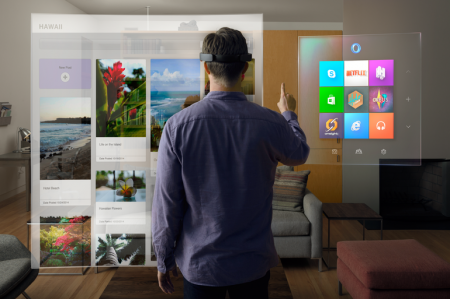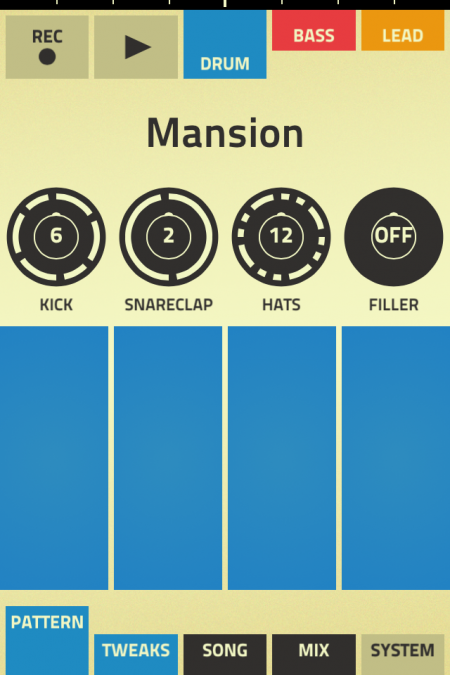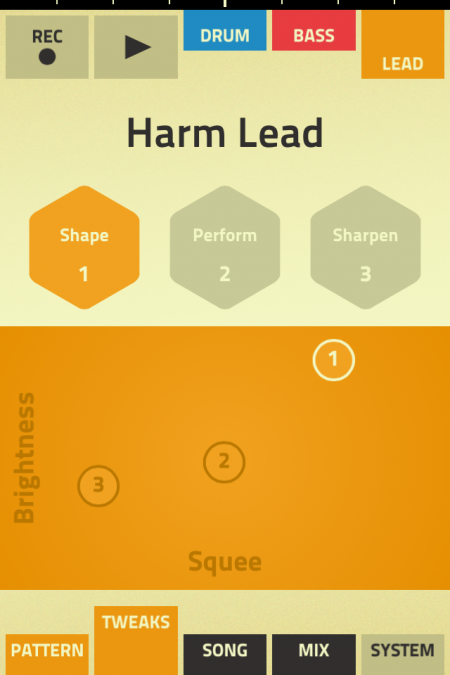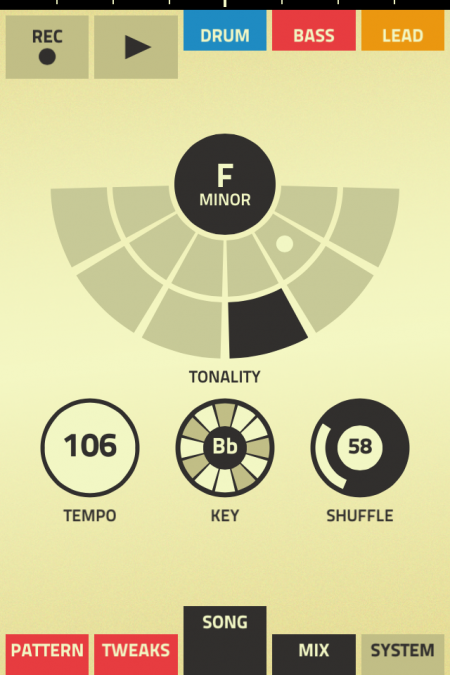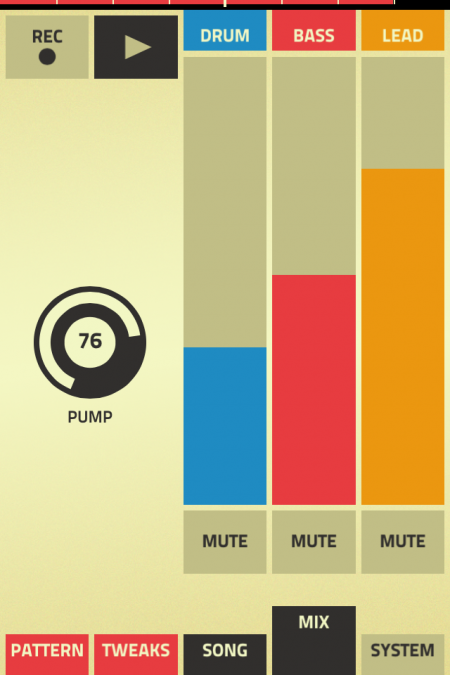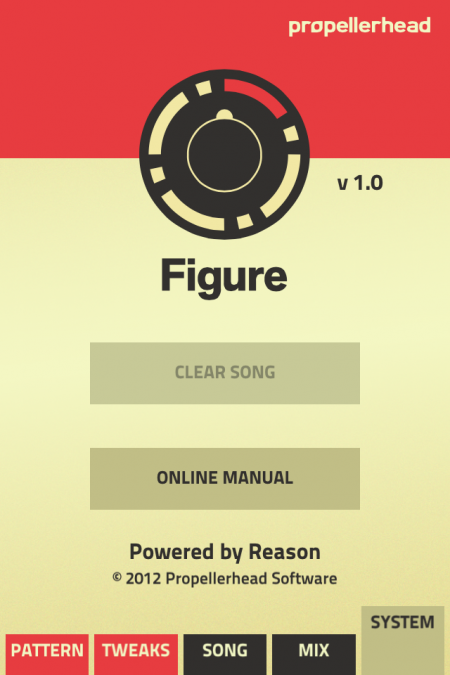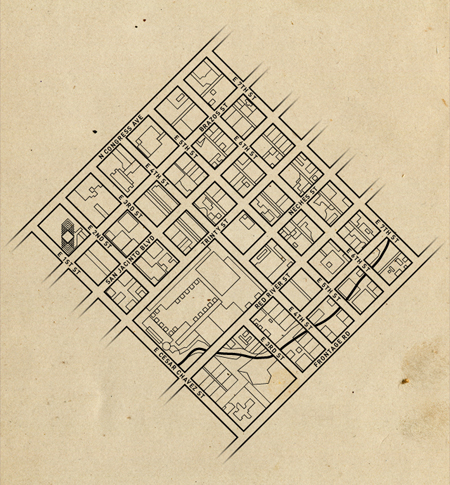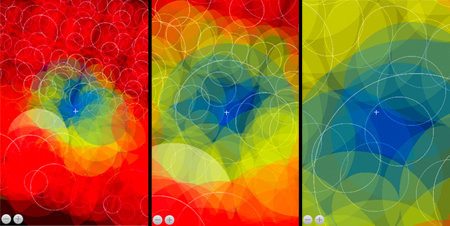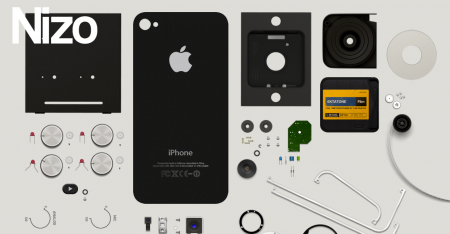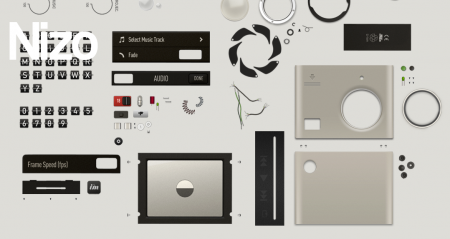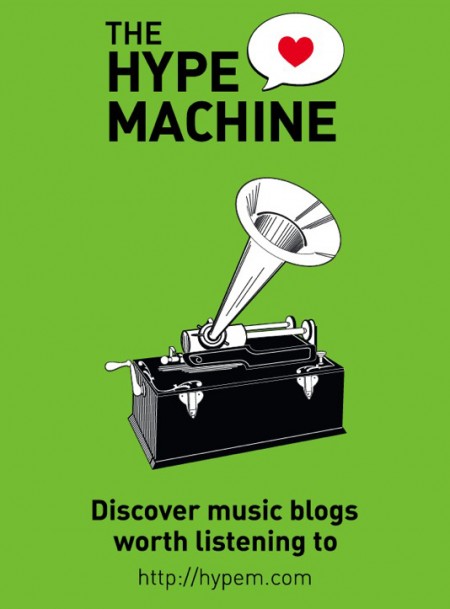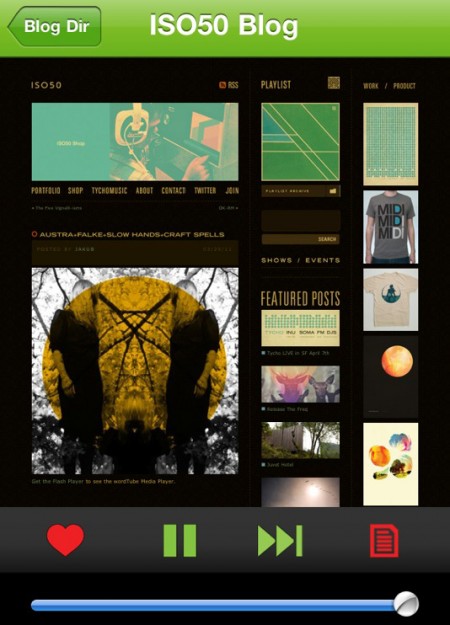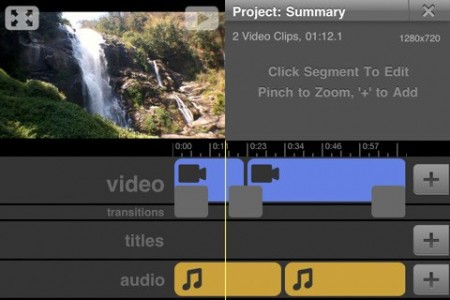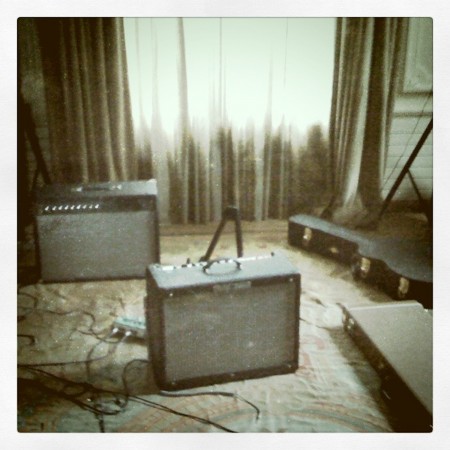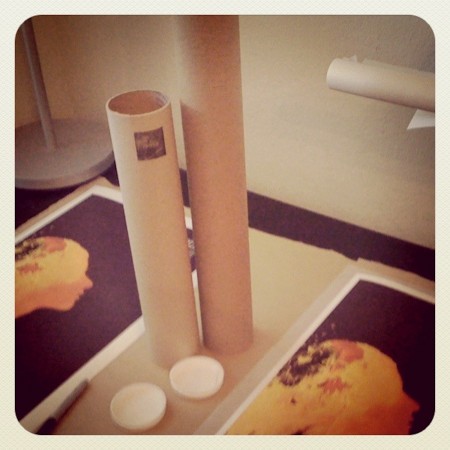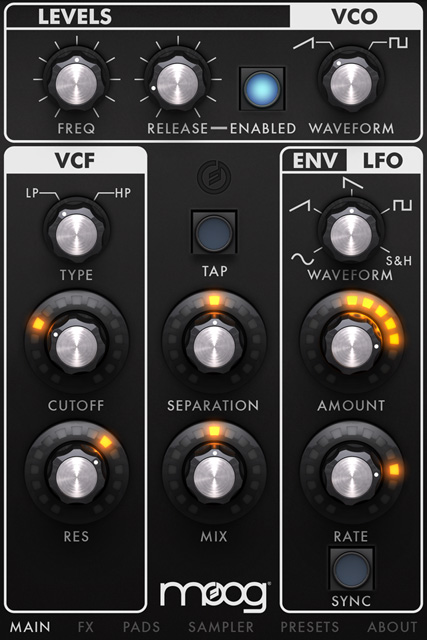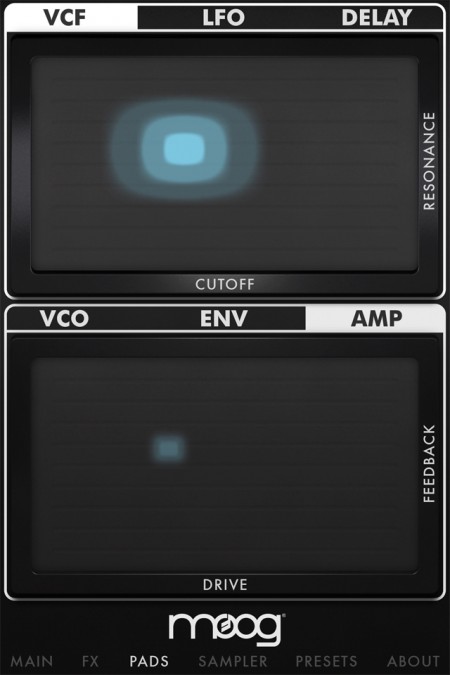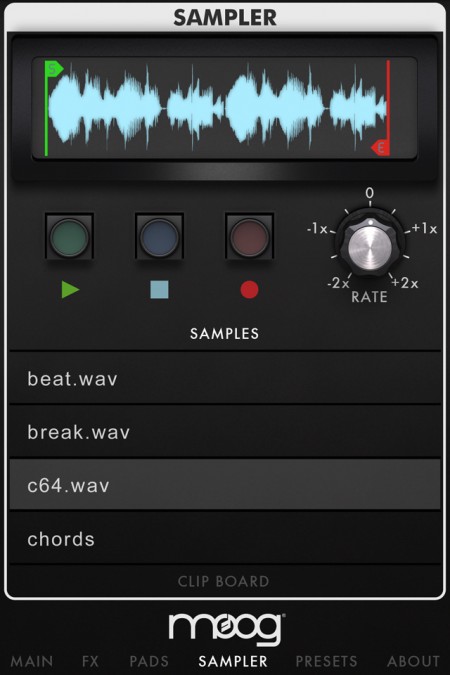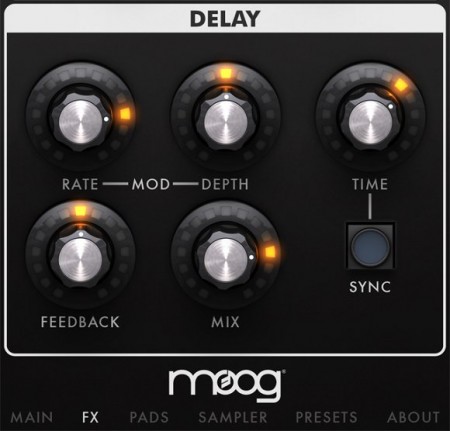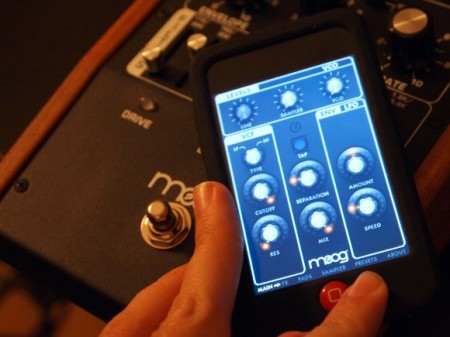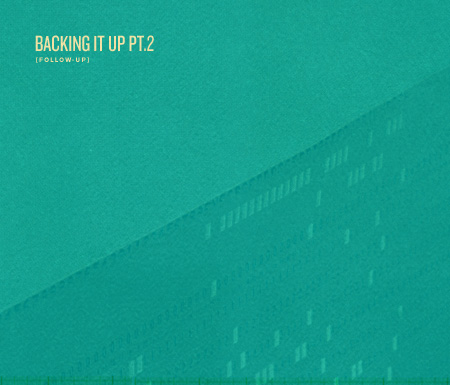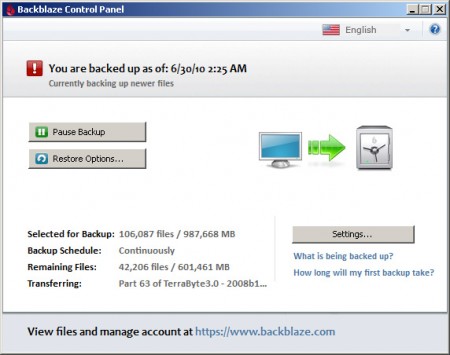Do you remember when Microsoft first introduced the Kinect? It was one the first times where I thought to myself that The Jetsons way of life may actually one day be a reality.
Well things just got a little more closer to that reality with Microsoft’s HoloLens. Instead of products like Google Glass and Oculus Rift, which put the user in a virtual world – the HoloLens puts you in a virtual environment by taking elements from a digital world and making them an interactive part of your world.
Farhad Manjoo of the New York Times had a chance to use it with Minecraft:
“In one demo, a Minecraft scene was displayed over a real living room. A Microsoft minder asked me to select a virtual hammer (a tool in the game) and start smashing the coffee table in the room. She wanted me, in other words, to use a digital object to interact with a real one. I did so and was stunned by what happened: Before my eyes, the real coffee table splintered into digital debris, and then it was no longer there. HoloLens had perfectly erased the coffee table from the environment.”
Here’s what Nick Statt of CNET had to say:
“Using real photography from the Curiosity rover, Microsoft was able to re-create a Martian landscape and overlay a 3D-map around a small, conference-room-size environment. I can walk around, bend down and look at rocks. I can even see NASA’s Curiosity rover, which is larger than a standard motor vehicle.”
“With HoloLens, I’m not just able to see what it’s like to walk around on Mars, but I’m also able to interact with the contents on the surface. Using a finger gesture called Air Tap, the HoloLens lets me mark certain spots on the surface for investigation and even lets me talk with another floating figure and collaborate on examining the surface.”
You can read more about Windows Holographic and the HoloLens on The Verge.
– Chad Kamenshine
